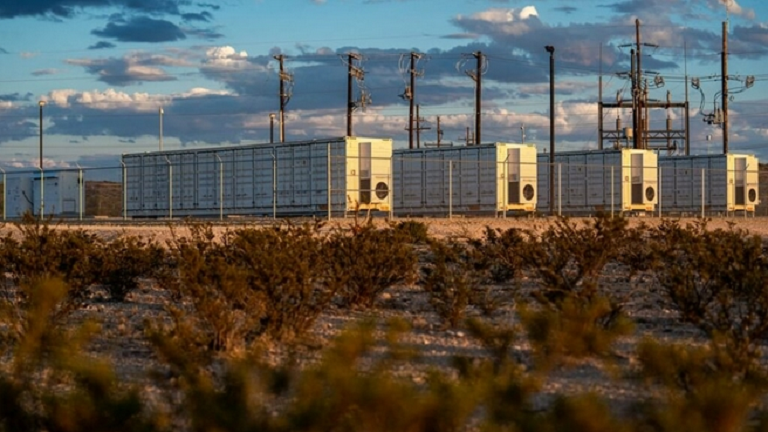The 205MW Tranquility solar farm in Fresno County, California, has been operating since 2016. In 2021, the solar farm will be equipped with two battery energy storage systems (BESS) with a total scale of 72 MW/288MWh to help alleviate its power generation intermittency issues and improve the overall power generation efficiency of the solar farm.
The deployment of a battery energy storage system for an operating solar farm requires reconsideration of the control mechanism of the farm, because while managing and operating the solar farm, the inverter for charging/discharging the battery energy storage system must also be integrated. Its parameters are subject to strict regulations of the California Independent System Operator (CAISO) and power purchase agreements.
The requirements for the controller are complex. Controllers provide independent and aggregated operational measures and control over power generation assets. Its requirements include:
Manage solar power facilities and battery storage systems as separate energy assets for energy transfer and California Independent System Operator (CAISO) and off-taker scheduling purposes.
Prevents the combined output of the solar power facility and the battery storage system from exceeding the grid-connected power capacity and potentially damaging the transformers in the substation.
Manage the curtailment of solar power facilities so that charging energy storage systems is a priority over cutting solar power.
Integration of energy storage systems and electrical instrumentation of solar farms.
Typically, such system configurations require multiple hardware-based controllers that rely on individually programmed Remote Terminal Units (RTUs) or Programmable Logic Controllers (PLCs). Ensuring that such a complex system of individual units operates efficiently at all times is a huge challenge, requiring significant resources to optimize and troubleshoot.
In contrast, aggregating control into one software-based controller that centrally controls the entire site is a more precise, scalable, and efficient solution. This is what a solar power facility owner chooses when installing a renewable power plant controller (PPC).
A solar power plant controller (PPC) can provide synchronized and coordinated control. This ensures that the interconnection point and each substation current and voltage meet all operational requirements and remain within the technical limits of the power system.
One way to achieve this is to actively control the output power of solar power generation facilities and battery storage systems to ensure that their output power is below the rating of the transformer. Scanning using a 100-millisecond feedback control loop, the renewable power plant controller (PPC) also sends the actual power setpoint to the battery management system (EMS) and the solar power plant’s SCADA management system. If the battery energy storage system is required to discharge, and the discharge will cause the rated value of the transformer to be exceeded, the controller either reduces the solar power generation and discharges the battery energy storage system; and the total discharge of the solar power facility is lower than the rated value of the transformer.
The controller makes autonomous decisions based on the customer’s business priorities, which is one of several benefits realized through the controller’s optimization capabilities. The controller uses predictive analytics and artificial intelligence to make decisions in real-time based on the best interests of customers, within the confines of regulation and power purchase agreements, rather than being locked into a charge/discharge pattern at a specific time of day.
Solar + energy storage projects use a software approach to solving the complex problems associated with managing utility-scale solar power facilities and battery storage systems. Hardware-based solutions in the past cannot match today’s AI-assisted technologies that excel in speed, precision, and efficiency. Software-based renewable power plant controllers (PPCs) provide a scalable, future-proof solution that is prepared for the complexities introduced by the 21st century energy market.
Post time: Sep-22-2022







